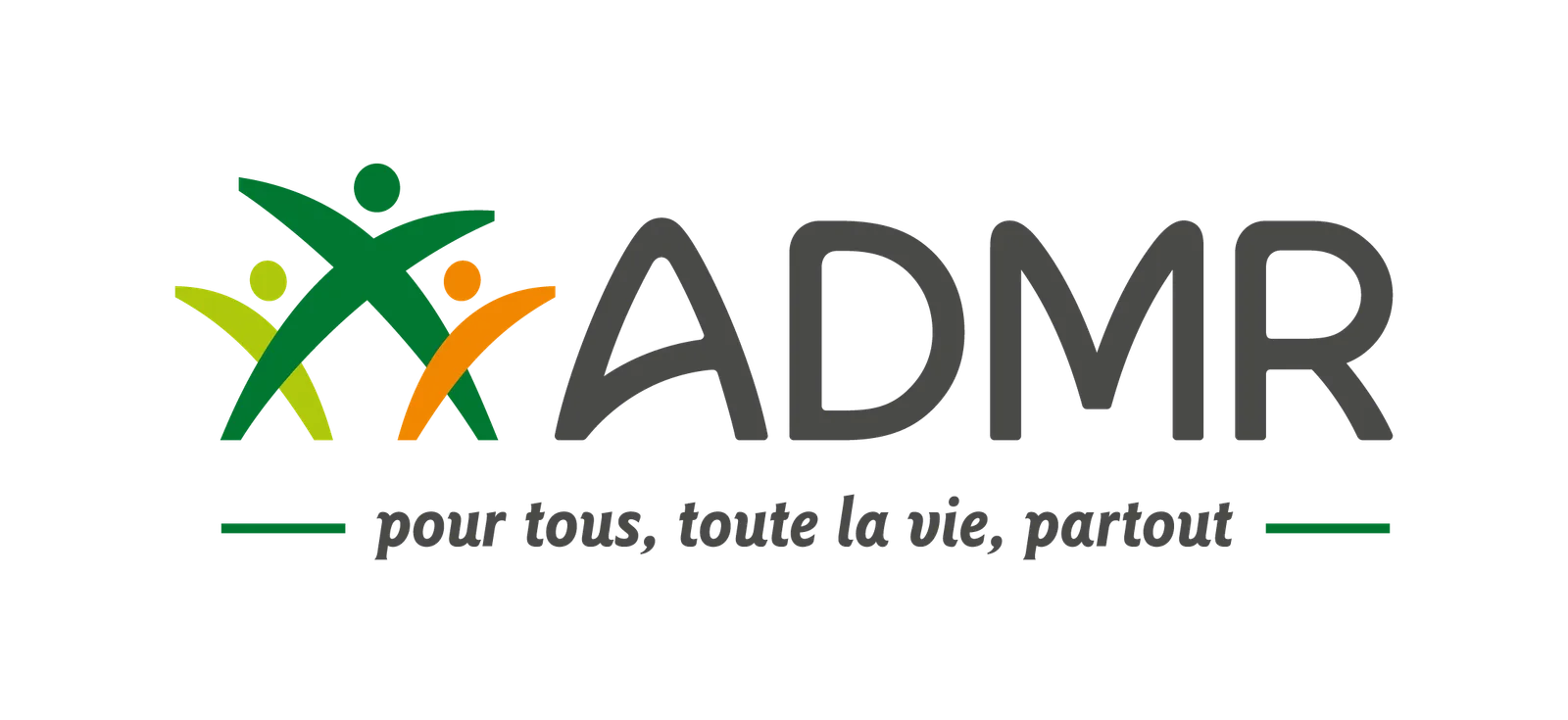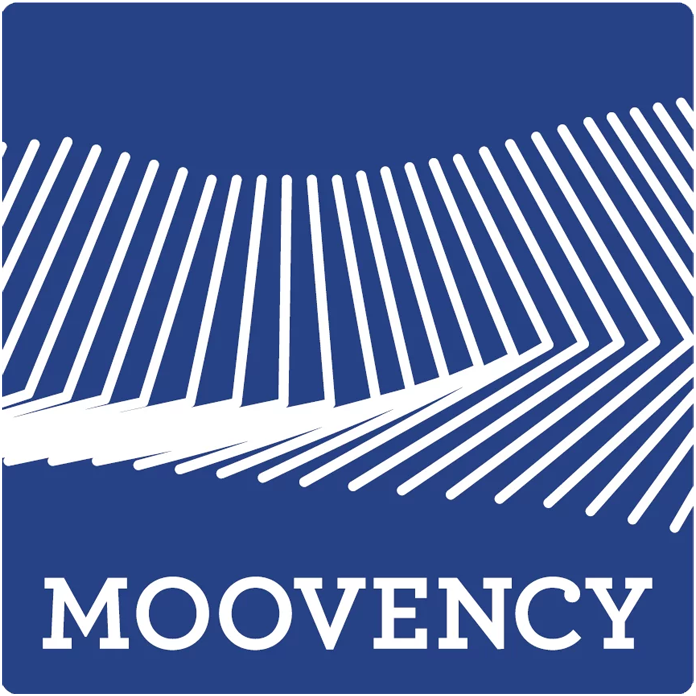ADMR 64 is committed to preventing occupational ill-health among its teams!

ADMR, France’s leading personal services network
The ADMR has been the benchmark for personal services for over 70 years. As a national associative network, the ADMR comprises over 2,700 independent associations across the entire territory. These associations come together in departmental federations, and we will focus on the ADMR 64 federation, located in the Pyrénées-Atlantiques region.
For over a year now, Romane Repessé, ergonomist at Moovency, has been supporting the ADMR 64 federation in a vast project to prevent, raise awareness and improve working conditions for their teams. Starting with an analysis of working conditions as part of CARSAT’s TMS pro program, and driven by the determination of the federation’s vice-president Véronique POMMIES and director Isabelle DAVANCENS, last year’s workstation study led to a much broader project to review the working conditions and organization of their agents, train their teams via their training center IFAAD, and run an awareness-raising campaign for their entire ecosystem!
Let us tell you all about it…
From a MSD prevention action to a comprehensive ergonomic analysis:
For Isabelle Davancens, director of the ADMR 64 federation, it all started with an observation: with an increasing number of dependent individuals, the working conditions for her teams were becoming increasingly challenging on multiple levels. Sick leave was on the rise, finding and retaining staff was difficult, not to mention the stress associated with increasing workloads.
The ADMR 64 federation had already participated in the caregiver/recipient program offered by CARSAT, but Isabelle wanted to go further and find sustainable solutions to establish and promote an optimal working environment. It was in this context that the federation decided to turn to the TMS Pros program and sought the expertise of Moovency and Romane Repessé, our ergonomist based in the southwest.
But how to organize a workstation analysis in a work environment such as home care, i.e., at the beneficiaries’ homes ? It required a participatory approach adapted to the field.
To get into the details, it’s important to understand that an ergonomic analysis of a workstation is a comprehensive approach aimed at optimizing working conditions to reduce the risk of injury, improve employee well-being and enhance operational efficiency. Through individual interviews, field observations, biomechanical measurements and analyses, and on the basis of the data collected, the ergonomist will be able to draw up a comprehensive diagnosis and formulate recommendations that will be worked on with all stakeholders.
Romane’s approach was divided into several major steps:
1. Intervention framework : defining the scope of intervention and objectives.
2. Team briefing : explaining the methods, recalling the context, and clarifying roles.
3. Analysis of agents’ work : collecting biomechanical data with Kimea, psychological data through interviews, and organizational and environmental data by accompanying home care aides directly to beneficiaries’ homes.
The ADMR 64 federation comprises 20 associations, and the one in Morlas was selected for this analysis. After informing all participants (beneficiaries and home care aides) about the approach and its objectives and obtaining their consent, Romane accompanied the agents during their workday. She spent several days with the teams, filming their movements, understanding their organization, observing their work methods, questioning them about their tasks and activities, all to highlight the constraints and resources in the agents’ work. After several days of observation and data collection, Romane then studied and analyzed all the factors of MSD risks that the agents could encounter to produce a comprehensive analysis report: activity chronicle, verbatim records, videos, feedback from the teams, comparisons between different work situations, etc.
An initial series of findings
The organization and workload of the teams meant that they were under considerable daily stress and mental strain. The variability of the sites added to the physical strain of certain tasks (e.g. sweeping in cramped areas, the number of garbage cans to be emptied/carried and the distance involved).
The level of dependence of the patients had an influence on the physical constraints of the DSAs : toilets in bed are very restrictive, all the more so as the boundary with the care assistants is very blurred. Tasks involving the upkeep of the living environment, such as mopping, cleaning and the washing machine, are the most restrictive in terms of RSI, as are tasks involving assistance, such as getting out of bed and assisting with a commode.
Following these initial observations, Federation 64 and Romane were faced with two issues :
How can the aforementioned issues be addressed in a work environment where it is difficult to take action (due to the lack of decision-making power at the beneficiaries’ homes) ?
And more importantly, how can a sustainable, replicable, and transferable prevention approach be implemented for all staff and new hires?
“We talk about a job well done, but it’s also our responsibility to provide optimal working conditions to enable our agents to deliver quality work…”
Isabelle DAVANCENS
Federal Director of ADMR 64
Training: taking a step back, raising awareness, understanding
Two areas of work have been identified for team training :
1- Training a health and safety referent in each of Admr 64’s 20 associations :
Aware that team involvement was going to play a crucial role in the future, it was vital to maintain the group dynamics already initiated during the discussion groups set up during the study phase.
On a voluntary basis, a member of staff in each association was to take on the role of health and safety referent, responsible for being and becoming the operational relay for prevention and health and safety in the workplace as a whole.
Each consultant is also equipped with the Kimea solution. The aim? To provide a visual representation of reality in the field and a tool for visualizing high-risk gestures and activities, thus enabling teams to better understand the risks they face.
Every quarter, the referents and ADMR management meet in committees to discuss the problems reported in the field and, above all, to find lasting solutions that can be rapidly implemented in the field.
2- The creation of an “MSD prevention” training course, via IFAAD 64:
For some time now, the ADMR 64 federation has been betting on training and awareness-raising for its teams. The federation decided to set up its own Qualiopi-certified training organization, IFAAD 64, and also equipped itself with a model apartment recreating real-life conditions in a beneficiary’s home. In this way, members of the federation can benefit from training that combines theory and practice from the moment they join and throughout their careers.
For example, a more comprehensive training course to raise awareness and prevent the risk of MSDs has been specially developed and designed to meet the real needs of ADMR teams. Combining theoretical and practical training in the model apartment, this course is intended for distribution to new recruits to the association.
Kimea is used as a visualization tool in the show apartment, to demonstrate the risks and, above all, the professional gestures that protect health, and thus make employees actors in their own prevention. Here again, ADMR and Romane have a much broader vision of the use of these videos. The aim is to create a database of Kimea videos on professional gestures, accessible to all, to provide teams with prevention images they can access whenever they feel the need.
Optimized work organization
Following Romane’s initial analysis, it became clear that the teams were feeling a great deal of stress at work. Stress at work is multi-factorial, but it nevertheless emerged that certain organizational points could be improved. The ADMR managers were therefore humble enough to question some of their practices and, with Romane’s help, reviewed a number of organizational points.
Rounds, which until then had mostly been carried out alone, are now done in pairs, depending on the level of dependence of the beneficiaries. They have also reviewed the forms used to prepare for interventions, so as to ask certain questions and make the families of beneficiaries aware of the problems that home helps can encounter…
Last area of action : raising awareness across an entire ecosystem
But the approach doesn’t stop there: it’s not just a question of setting up actions with teams and beneficiaries, but also raising awareness of the surrounding ecosystem in order to make these actions sustainable. But which players make up this ecosystem?
From one beneficiary to another, the working environment for homecare workers differs, with different problems. By engaging in dialogue with the beneficiaries’ families, concrete solutions can be found to improve the working conditions of homecare workers. For example, assistance tasks such as getting out of bed can be made easier by installing a medical bed. This can be achieved by interacting with the beneficiary’s family, who will have been informed of the constraints faced by the homecare worker in this physical task.
Aware of the problems, families now have levers for action, particularly with the beneficiary’s doctor. The latter could prescribe suitable medical equipment, relieving both the beneficiary and the homecare provider of the burden of getting out of bed.
This all-encompassing approach enables the surrounding ecosystem to become aware of the constraints in the field, and extends the scope of action for continuous improvement in homecare workers’ working conditions.
To conclude …
The project initiated by Romane and the Fédération de l’ADMR 64 goes much further than a local initiative : it reveals the crucial issues at stake in the medico-social sector, and underlines the relevance of preventive actions in this environment. The revision of working conditions, based on training, team awareness-raising, optimization of the working environment and a collaborative approach with various stakeholders, has shown a significant advance in the prevention of MSDs. This ambitious project is looking to the future, with the aim of reinforcing the actions undertaken to continue this virtuous circle of continuous improvement. The aim is to extend these initiatives to other professions in the medical-social sector, to create a positive and lasting impact within the entire environment.
